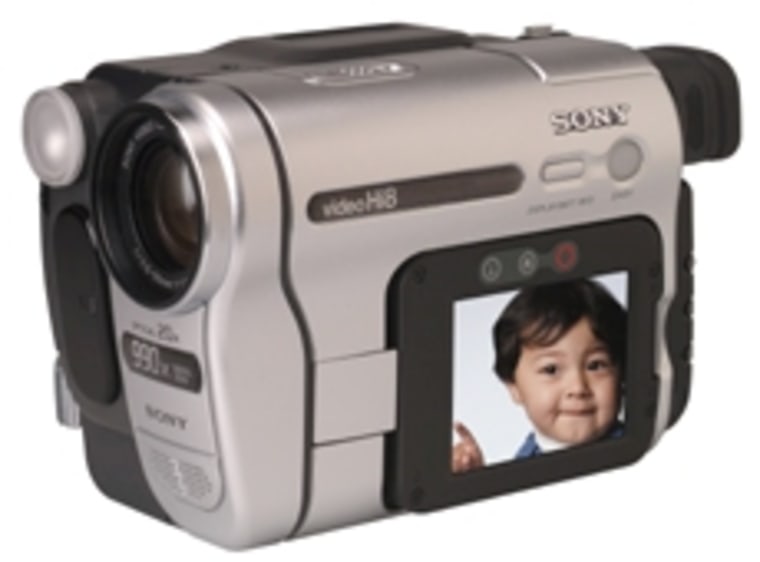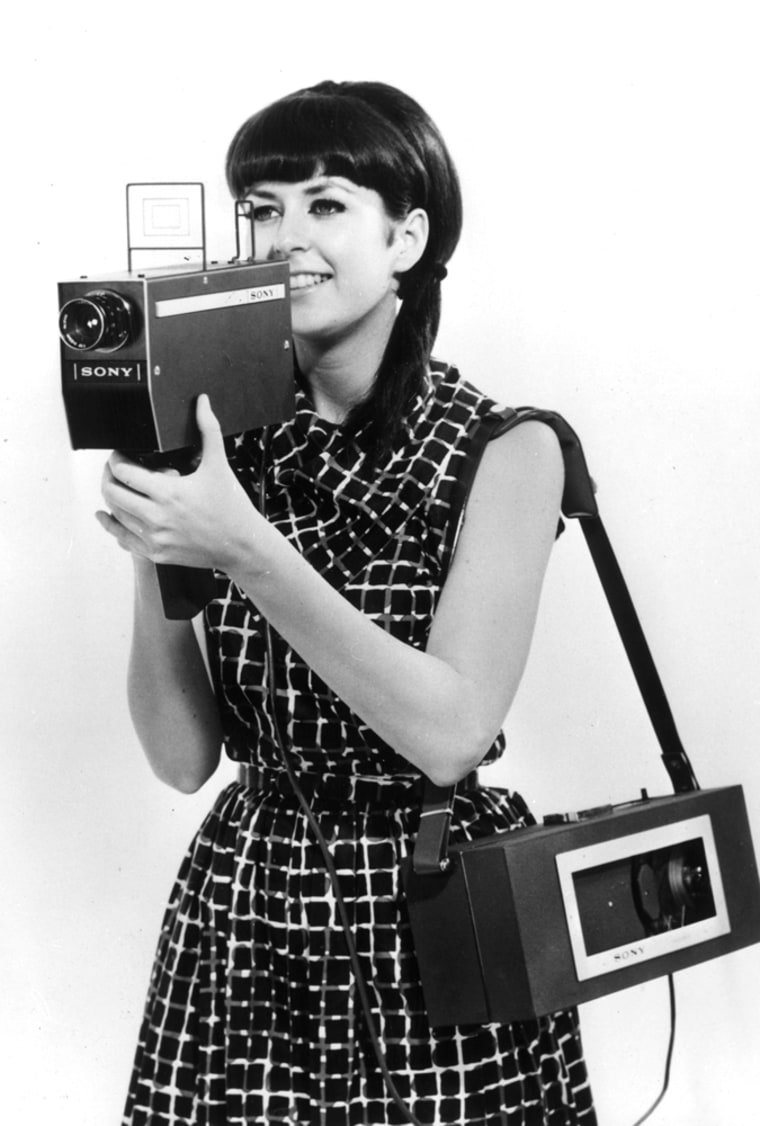In a digital world, is there any reason to consider an analog camcorder? Not unless you're an artist seeking a fuzzy, old-fashioned look in your videos, a veteran shooter with piles of analog tapes of the grandkids — or a masochist.
"I would never tell a consumer to buy analog equipment today, even if it were available. There are just too many benefits to digital in terms of storage, copying and editing," said Michael Rubin, the author of several books on filmmaking and technology, most recently "The Little Digital Video Book."
Analog video formats brought videotape to the home user in the early 1980s, using the Betamax VHS cassette formats. But those camcorders were expensive and bulky, in their earliest implementation, resting on the user's shoulder. Smaller cassettes, using 8mm tape formats like Hi8, were an improvement, allowing the cameras to be hand-held.
About 10 years ago, digital camcorders, primarily using the even smaller MiniDV cassette format, came onto the market and they began to replace analog models.
These days, you can hardly find an analog camcorder to buy. Amazon.com sells new only one model: Sony's CCD-TRV 138 ($700), which uses the Hi8 format. However, Amazon does list multiple makes and models of used analog camcorders.

New York-based B&H, a major seller of electronics, hasn't sold analog camcorders for two to three years, said salesman Mark Lorner.
"There are no more to be had," he said. "The manufacturers put an end to it, and the customers didn't have much influence. I haven't heard too many complaints from customers, though."
Digital technology is superior in several respects, said Rubin. The images tend to be cleaner and sharper.
Even artists who prefer the "fuzzy, contiguous nature of reality reflected in analog recordings — call it a dated look — might shoot in analog but are probably going to move their work to digital and edit it there," he said. "There's no romance in analog post-production."
Editing sequences digitally is far simpler, using software that runs on home computers rather than expensive, dedicated editing machines.
If you make multiple copies of a digital video sequence for editing or archiving purposes, they don’t degrade like analog formats, where each copy made is more distorted than the last.
Storage, too, is simpler with digital. The earliest analog tape cassettes were about the size of a trade-size paperback book. Even digital tapes used by professionals were pretty large.
Modern tape formats, primarily MiniDV, are much smaller — the size of a small stack of business cards. Currently replacing even those is solid-state storage, either within the camcorder itself or on tiny, removable cards or Memory Sticks — essentially chips with no moving parts, capable of storing hours of video.
Though camcorders using solid-state storage range from affordable to extravagant , solid state drives themselves are still relatively expensive. Still, they will become the norm, Rubin believes. Camcorders that store images on DVDs and hard drives — other current options — will fade from the market, he said.
Rubin warned consumers not to confuse a camcorder's storage medium with whether the unit is analog or digital. A tape cassette might be analog (like VHS) or it could be digital (MiniDV). Some models of digital camcorders can play analog tapes. But only digital cameras use memory cards.
Tape is linear, meaning it must be rewound or fast-forwarded to locate footage for editing, whether its content is analog or digital. In contrast, with digital media, you can instantly locate a video clip you’re looking for.
"You do save money buying a digital camcorder that uses tape," although almost all camcorder markers are moving to solid-state drives, Rubin said.
Getting it transferred
Seasoned video-makers may have stacks of precious archival footage they can view only with an analog camcorder — or so they think.
One option is to copy the images from the analog camcorder into the DV digital format. Nearly all digital camcorders have analog inputs that allow an old analog camcorder or tape deck to be connected to the digital device.
Consumers with many Hi8 analog tapes can still use Digital8 camcorders to play (or digitally transfer) their old tapes.
Another option is to have old cassettes professionally converted to digital files and burned onto DVDs (roughly $25 per two hours of footage, depending on location).
Rubin said that DVDs compress video in a way that makes it difficult to manipulate files later on. So if you just want to watch your old tapes, DVDs are great, but if you might want to edit them, storing the material on a hard disc or MiniDV tape is better.
Yet another possibility, though pricey, is buying a dedicated copying device. Among the options are Sony's GV-D200 (about $500), which has no viewing screen, or its GV-D400 (about $650), which has a 4-inch color LCD screen. Users praise the quality of the copies those machines make, calling them commercial quality.
Regardless of your circumstances, analog camcorders simply aren't the way to go these days, even if they're less expensive than digital models, and you do find one to buy.
"If I had only $100 to spend, I would never advise people to get the cheap analog camera," Rubin said. "It would be putting them on the wrong path."
